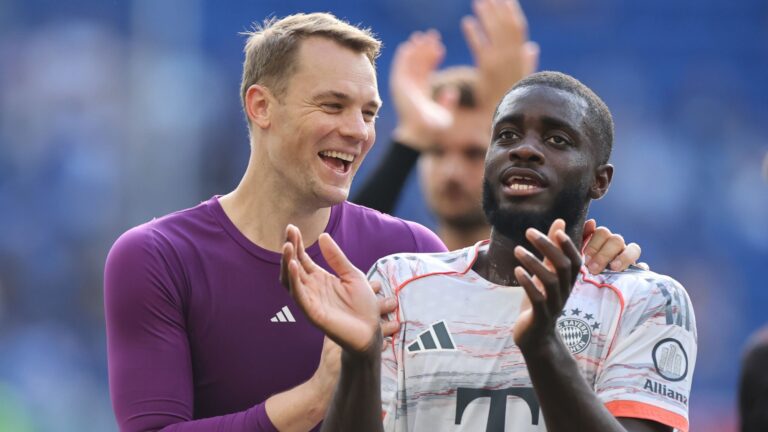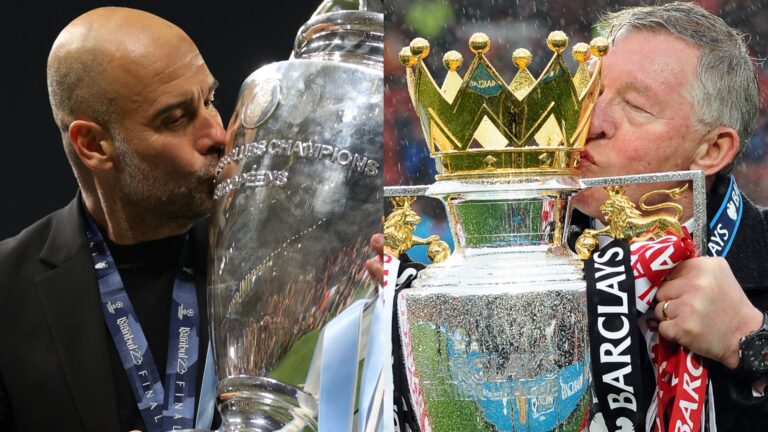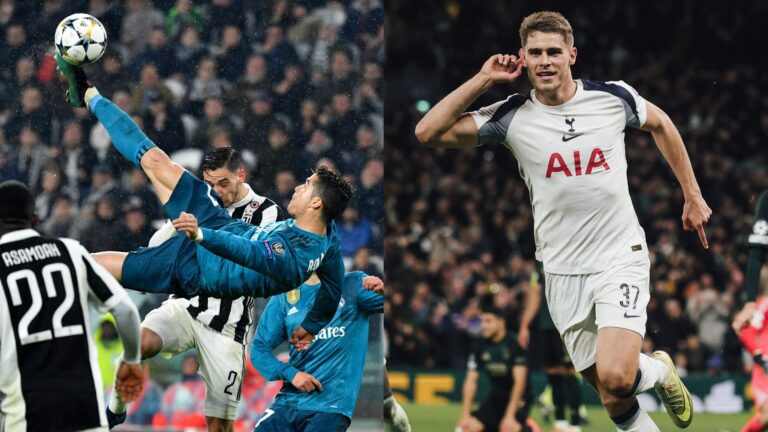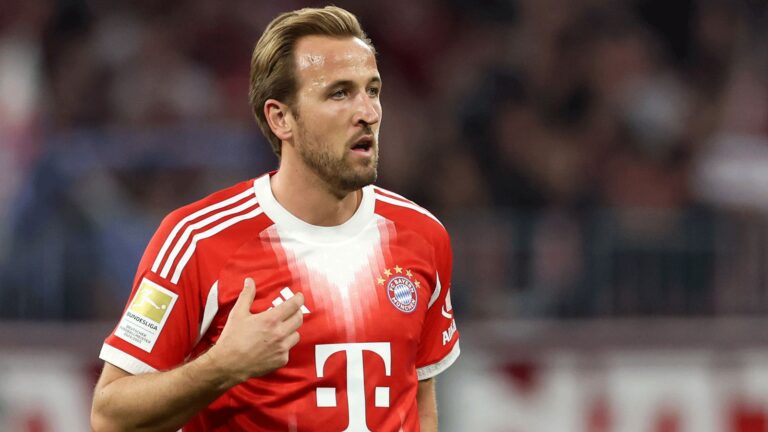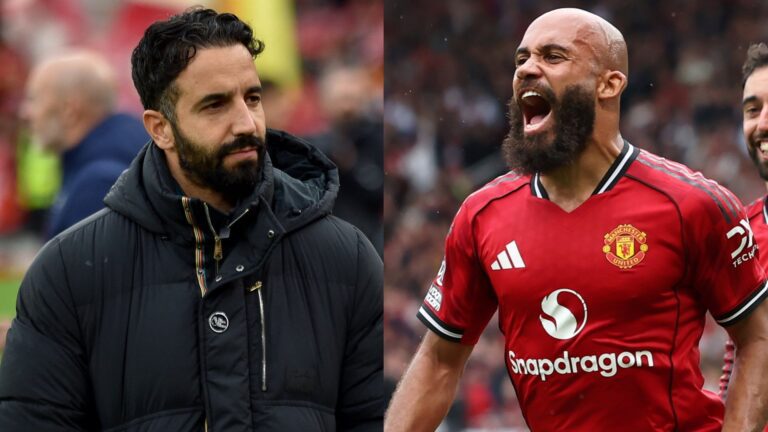


Unveiling Manchester United’s Resolve to Keep Mainoo and Zirkzee Amid Playing Time Woes
In a bold move that highlights Manchester United’s commitment to squad stability, the club has firmly decided against allowing key talents Kobbie Mainoo and Joshua Zirkzee to depart in the January transfer window, irrespective of their individual desires for more opportunities, as reported by a leading sports outlet. This decision underscores the team’s strategy under manager Ruben Amorim to prioritize depth and unity, ensuring every player contributes to a successful campaign despite current frustrations over limited appearances.
Challenges Faced by Mainoo and Zirkzee Under Amorim’s Leadership
Kobbie Mainoo, the 21-year-old midfielder who previously sought a temporary exit during the summer, continues to encounter minimal involvement, having appeared in eight matches overall without securing a starting spot in the Premier League-his sole start occurred in the Carabao Cup loss to Grimsby Town back in August. Similarly, Joshua Zirkzee, fresh from recovering from a hamstring issue in late summer, has logged just over 80 minutes this season and expresses dissatisfaction with his position behind competitors like Benjamin Sesko, Matheus Cunha, and Bryan Mbeumo in the team’s lineup.
Amorim’s Perspective on Player Frustrations and Squad Management
The Portuguese coach has openly expressed empathy for those on the bench, recognizing the discontent among players lacking regular play, yet he is resolute in upholding a robust roster to navigate the demanding winter fixtures ahead, viewing this as essential for maintaining competitive edge.
Strategic and Logistical Factors Influencing United’s Retention Policy
The choice to hold onto Mainoo and Zirkzee is driven by critical tactical and operational needs, especially with several core players expected to be absent for international duties at the Africa Cup of Nations. Players such as Mbeumo, Amad, and Noussair Mazraoui, who are integral to Amorim’s tactics, will be unavailable, leaving United potentially understaffed for up to six domestic games from before Christmas until January 18.
Role of Adaptability in Amorim’s Tactical Approach
Employing a dynamic 3-4-2-1 formation that demands flexibility in attack and midfield, the team will feel the impact of Mbeumo’s absence on the right flank and Amad’s creativity in the advanced midfield areas. In this context, Mainoo emerges as a viable option to support Bruno Fernandes or relieve Manuel Ugarte in midfield, while Zirkzee offers valuable cover as a secondary striker or in creative roles typically filled by Mbeumo or Amad. This retention strategy not only addresses gaps but also fosters team spirit and healthy competition for positions.
Ongoing Debates Surrounding Mainoo’s Growth at the Club
Discussions at Old Trafford persist regarding the progress of the young midfielder, who has clocked only 228 minutes this season, including one complete outing in the EFL Cup. Amorim regards him as a future replacement for Fernandes in the inventive midfield spot, though some critics argue for a more aggressive integration, believing his steady demeanor and distribution skills could prove crucial during the holiday rush of games.
Zirkzee’s Recovery and Versatility in United’s Setup
Conversely, Zirkzee is still working to recapture his peak performance after an extended injury that sidelined him from pre-season. The £36.5 million acquisition has seen restricted chances due to Amorim’s inclination toward more agile forwards, but his ability to function as a deep-lying attacker or connector in play positions him as a smart choice for adjusting United’s offensive tactics, particularly during the upcoming international absences.
Opportunities for Mainoo and Zirkzee to Shine in the Coming Months
Within the team, both individuals recognize that strong showings in the winter could transform their futures. For Mainoo, gaining consistent playtime might bolster his chances for selection in England’s 2026 World Cup team, whereas Zirkzee understands that demonstrating his capabilities could reestablish his role in the Netherlands national side and solidify his status at Manchester United.
United’s Approach to the January Transfer Period
With no significant acquisitions on the horizon, the emphasis for Manchester United lies in optimizing the existing squad to cope with impending shortages. Amorim’s plan centers on preserving equilibrium by increasing the involvement of peripheral players like Mainoo and Zirkzee during the Africa Cup of Nations, potentially leading to more prominent roles and starting opportunities in crucial matches through December and January.
Maintaining Competitive Depth for Premier League Ambitions
The club’s leaders are convinced that preserving a deep roster is key to their pursuit of a top-four finish in the Premier League. For the time being, Manchester United’s clear directive to both players and interested parties is straightforward: no departures will be approved under any circumstances.
The Importance of Youth Development at Manchester United
In the fast-paced world of Premier League football, Manchester United has long prioritized building a squad around promising young talents. Players like Kobbie Mainoo and Joshua Zirkzee represent the future of the club, embodying the kind of homegrown and strategic signings that can drive long-term success. Under manager Ruben Amorim, the emphasis on nurturing these stars is clear, even if their playing time has been limited so far. This approach isn’t just about immediate results; it’s about creating a sustainable legacy in English football.
Current Challenges Under Ruben Amorim
Ruben Amorim’s tactical style, which often favors a more controlled and possession-based game, has led to some tough decisions on player rotations. For instance, Kobbie Mainoo, the 19-year-old midfielder known for his composure and vision on the pitch, has seen sporadic starts due to the depth in United’s midfield. Similarly, Joshua Zirkzee, the Dutch forward who joined in the summer transfer window, has struggled for consistent minutes amid competition from established strikers. You might be wondering why this limited playing time hasn’t prompted a January exit, but it’s all part of a bigger picture that focuses on patience and growth.
Amorim’s strategy involves carefully integrating these players into high-stakes matches, ensuring they’re ready for the demands of Manchester United’s Premier League schedule. This method highlights the club’s commitment to player development over short-term gains, which is crucial in a league where injury risks and fixture congestion are ever-present.
Reasons for Not Authorizing January Departures
Despite the whispers of potential moves in the January transfer window, Manchester United’s decision to hold onto Mainoo and Zirkzee boils down to several key factors. Let’s break this down to give you a clearer understanding.
Long-Term Potential of Mainoo and Zirkzee
Kobbie Mainoo and Joshua Zirkzee aren’t just bench options; they’re seen as cornerstone pieces for Manchester United’s future. Mainoo’s technical ability and maturity beyond his years make him a prime candidate for becoming a midfield linchpin, much like club legends before him. On the other hand, Zirkzee’s clinical finishing and versatile attacking style could transform United’s forward line in the coming seasons.
- Mainoo’s standout attributes: His dribbling skills, defensive awareness, and ability to control the tempo of games have already caught the eye of fans and scouts. At just 19, giving him away now could mean missing out on a player who might fetch a massive transfer fee or become a fan favorite in the next few years.
- Zirkzee’s growth trajectory: Signed from Bologna for his potential as a goal-scoring threat, Zirkzee’s physicality and intelligence in the box align perfectly with Amorim’s high-pressing system. Retaining him ensures Manchester United maintains depth in attack, especially during busy periods like the holiday fixtures.
- Investment in youth: Both players fit into the club’s broader strategy of complying with Financial Fair Play (FFP) regulations by developing academy talents and smart signings. Selling them prematurely could disrupt this plan and reduce the squad’s overall value.
Squad Depth and Tactical Needs
Manchester United’s current squad setup under Amorim demands versatility and resilience, particularly in a competitive Premier League season. With injuries and international commitments affecting team availability, letting go of Mainoo or Zirkzee could leave gaps that are hard to fill mid-season.
- Key tactical roles: Mainoo provides cover in defensive midfield, offering Amorim options when facing teams that dominate possession, like Manchester City or Arsenal. Zirkzee, meanwhile, adds a different dimension up front, allowing for rotations that keep forwards fresh and prevent burnout.
- Building team chemistry: Integrating young players takes time, and mid-season departures could disrupt the unity Amorim is fostering. Imagine trying to build a puzzle only to remove key pieces halfway through – it just doesn’t work.
- Competition for places: While limited playing time is a concern, it’s also a motivator. For example, Mainoo’s rare appearances have shown glimpses of brilliance, suggesting that with more opportunities, he could become a regular starter. This competition pushes the entire squad to perform better, which is essential for Manchester United’s ambitions in domestic and European competitions.
Financial and Regulatory Considerations
The January transfer window is notorious for inflated prices and rushed deals, which Manchester United is wisely avoiding. By not authorizing departures, the club protects its assets while adhering to financial constraints.
- Transfer market dynamics: Selling players like Mainoo or Zirkzee now might not yield the best return, as their values could soar with further development. Manchester United Keywords like “Premier League transfer strategy” show that clubs often wait for the summer window to negotiate better terms.
- FFP and squad sustainability: With strict financial rules in place, holding onto these players helps maintain a balanced wage bill and squad cost. This approach ensures compliance while allowing for potential incoming transfers without penalties.
- Long-term contracts: Both players are tied down with deals that give Manchester United leverage, reducing the urgency to sell. For instance, extending their contracts could be on the cards, further securing their futures at the club.
In essence, this strategy reflects a calculated decision that prioritizes Manchester United’s Premier League competitiveness and long-term vision over quick fixes.
Fan and Expert Perspectives on the Decision
Experts and fans alike have weighed in on why keeping Mainoo and Zirkzee makes sense. From podcasts to social media discussions, the consensus is that patience with young talents pays off. One analyst pointed out that similar situations with players like Marcus Rashford turned into massive successes, emphasizing how limited minutes under a new manager can be a stepping stone rather than a roadblock. This buzz around Manchester United’s youth setup keeps the conversation alive, drawing in readers interested in football development and transfer news.
By focusing on these elements, Manchester United is not just managing a squad; they’re crafting a narrative of resilience and foresight that could define the club’s era under Ruben Amorim. If you’re a fan tracking Premier League updates, this approach might just be the key to unlocking future glory.




